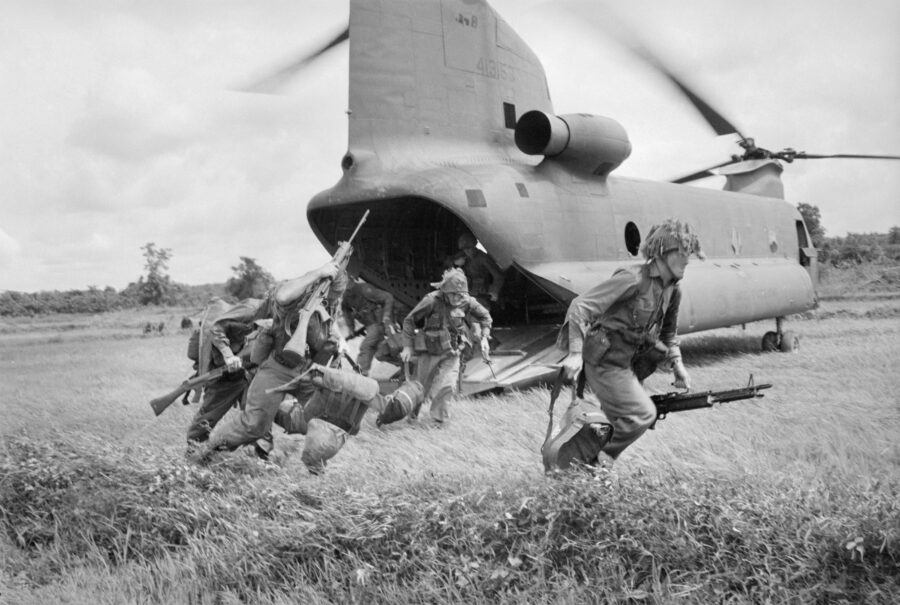
A look back at Julia Gillard’s legacy
Fifteen years after she came into office it’s clear Julia Gillard, Australia’s first female prime minister, has left an indelible mark.

Fifteen years after she came into office it’s clear Julia Gillard, Australia’s first female prime minister, has left an indelible mark.

1825: Brisbane begins as the Moreton Bay Penal Settlement.

Australian maritime archaeologists are helping to decontaminate rusty war shipwrecks in the Pacific, preventing billions of litres of oil and other pollutants from leaking into the ocean.

When the Douglas Mawson sets sail this December, Aurora Expeditions’ newest purpose-built small ship will honour the legacy of an Antarctic pioneer, retracing his historic route.

Australia’s first A-list celebrity was Dame Nellie Melba, a gifted opera singer with legions of adoring fans across the globe.

25 April 1915: On the first anniversary of Australian troops landing at Gallipoli in Turkey, Anzac Day was observed around Australia and wherever Australian soldiers were posted.

Fifty years after the conflict in Vietnam, the Australian soldiers who fought still bear the scars – as do their children and grandchildren.

Australia’s involvement in the Vietnam War officially ended 50 years ago, but the consequences have cut through our population for three generations.

April 1789: A major smallpox epidemic breaks out.

Central to the identities of First Nations peoples and modern Melburnians, the Yarra River (Birrarung) is now legally recognised as a ‘living entity’.